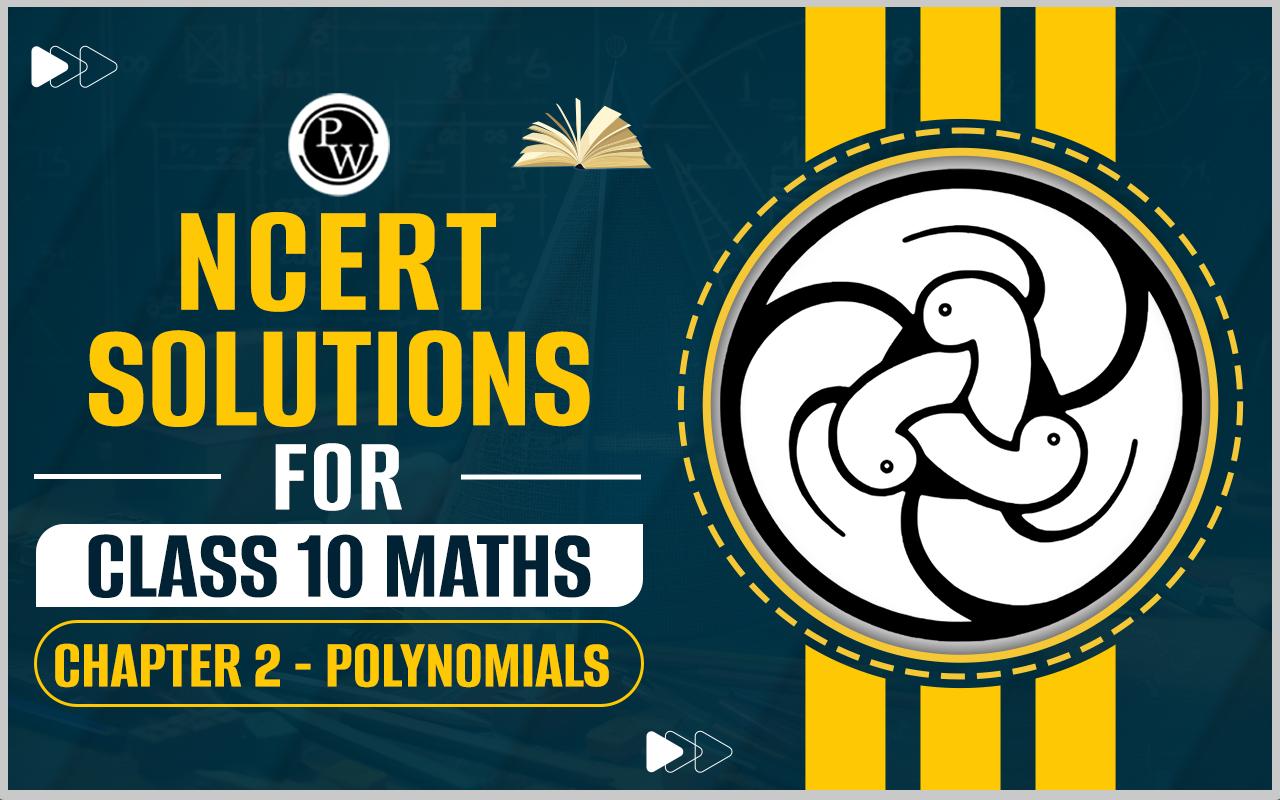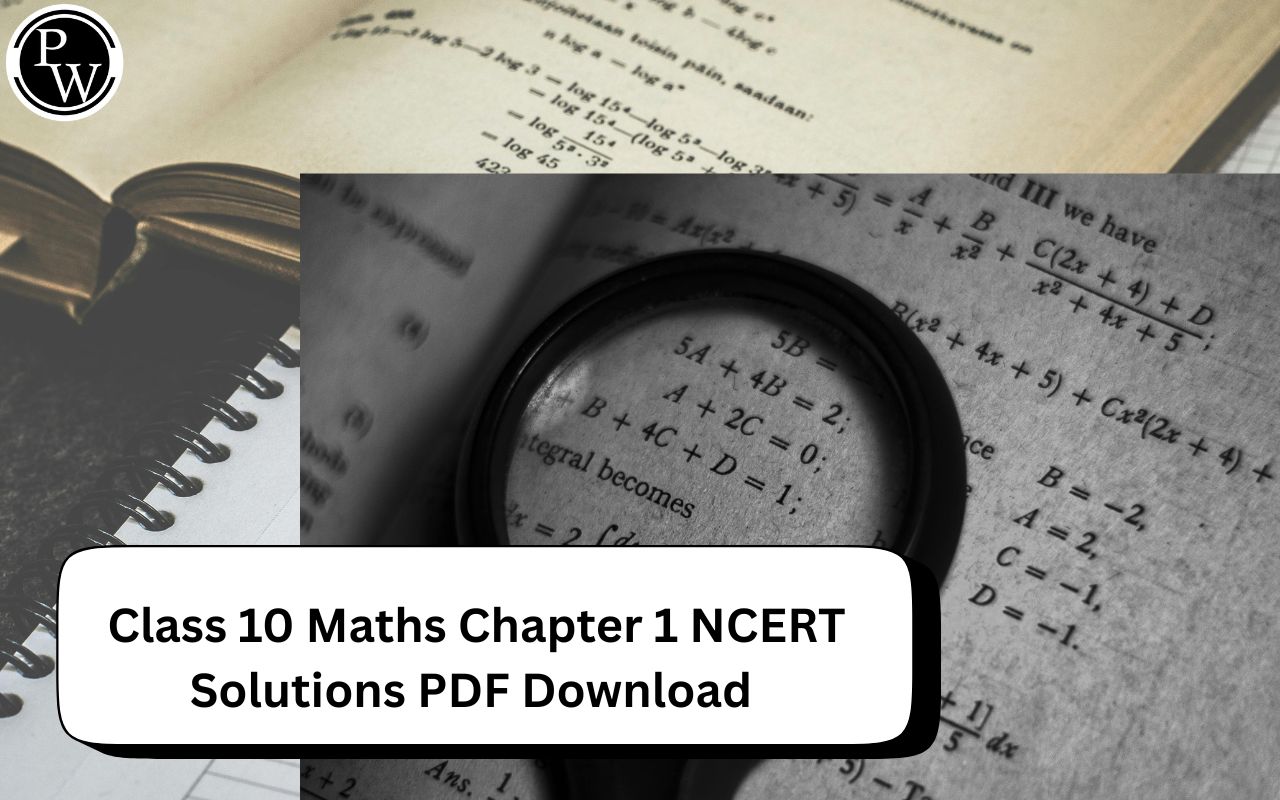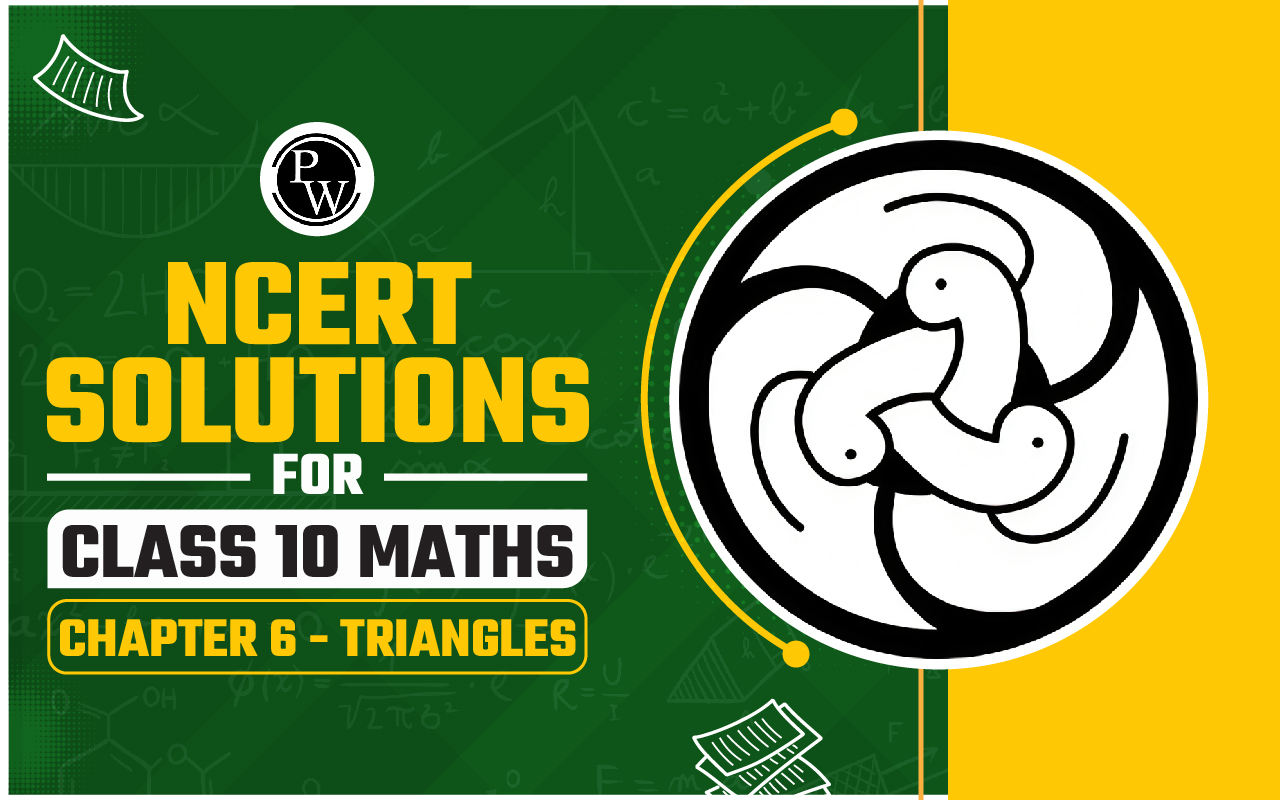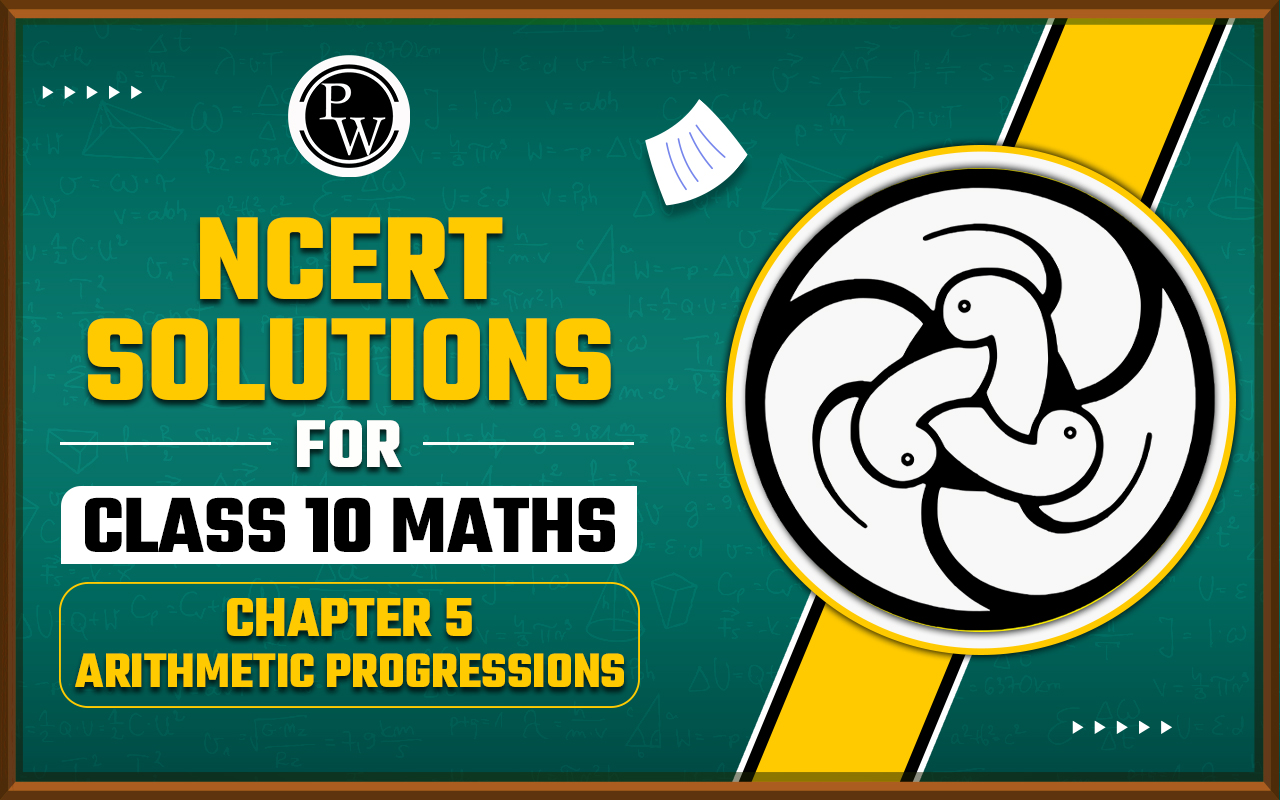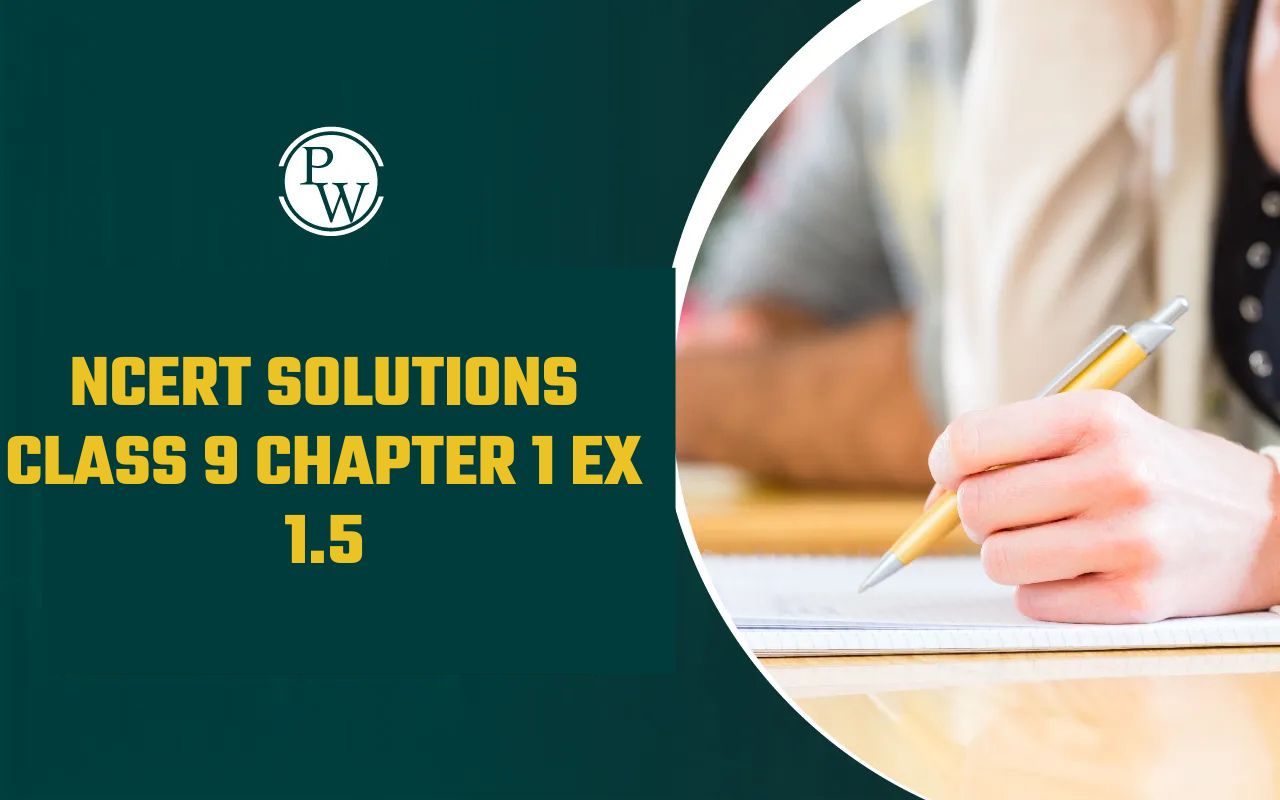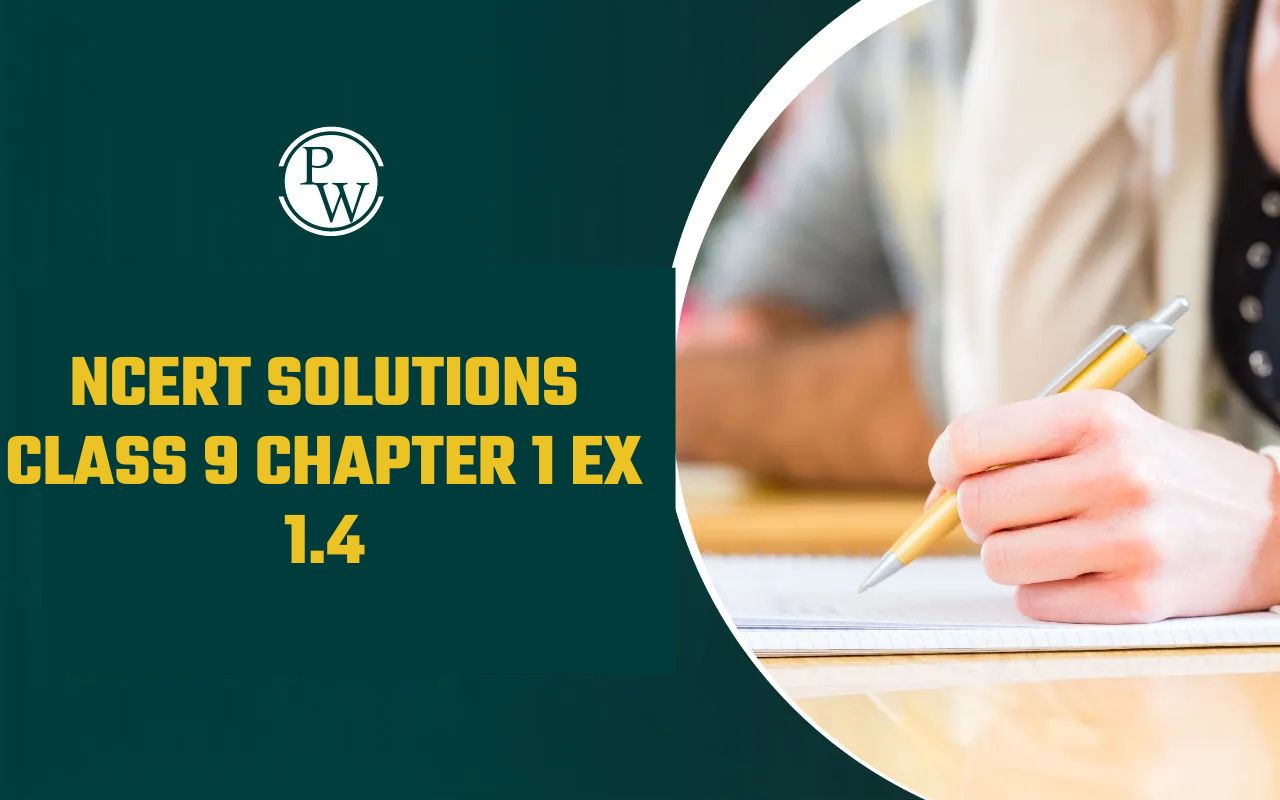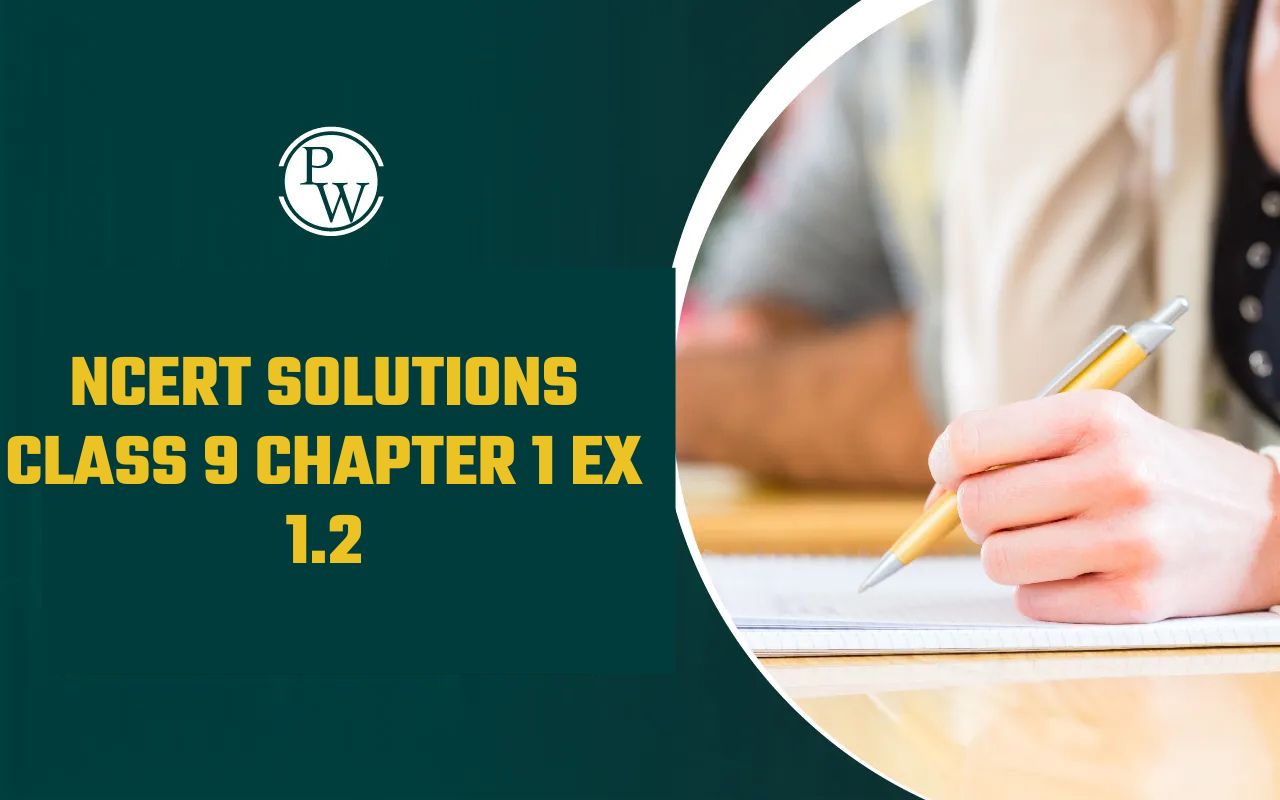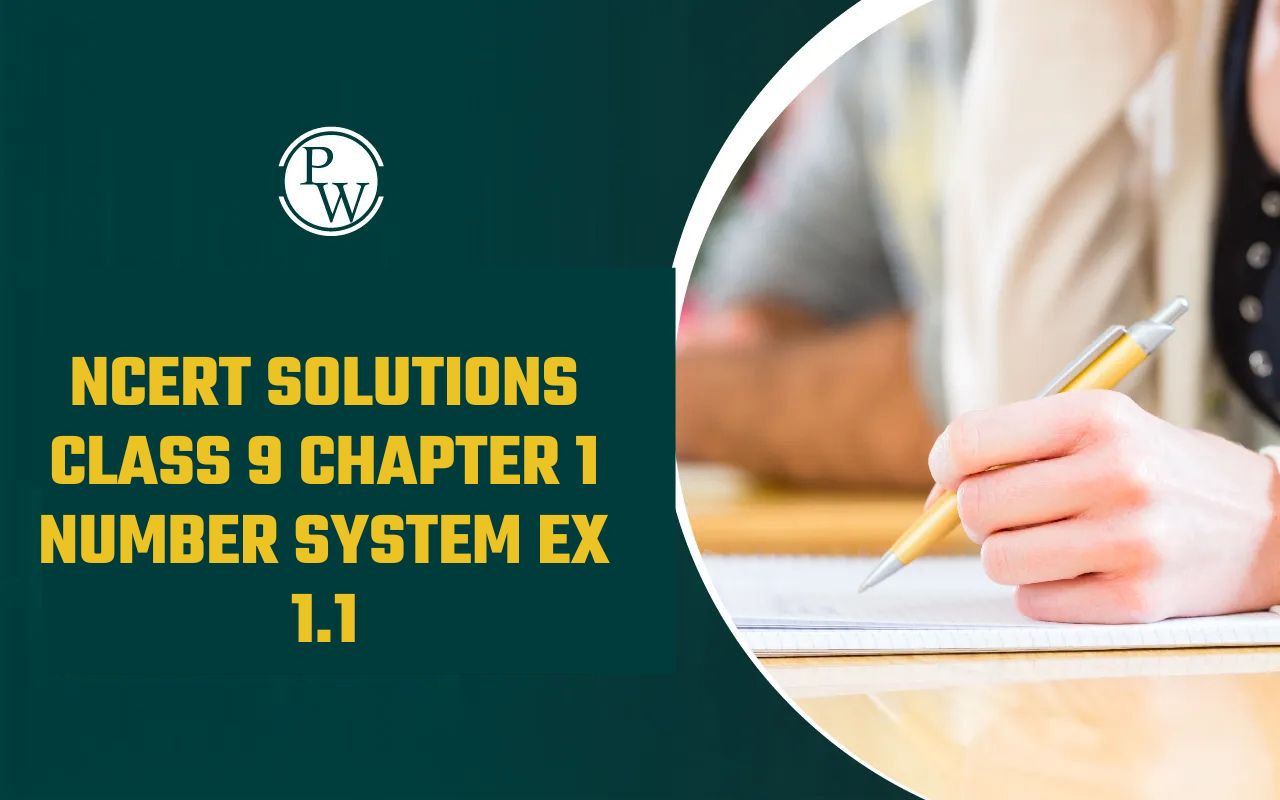

CBSE Class 10 Science Additional Practice Questions Paper 2023-24: The Central Board of Secondary Education (CBSE) has published the CBSE Class 10 Science Additional Practice Questions Paper 2023-24 on its official website @cbseacademic.nic.in. Students in Class 10, preparing for their science board exams, can now access and download the CBSE Science Additional Practice Questions Paper 2023-24.
This resource is valuable for their revision exams and the main board exams. The direct PDF download link for CBSE Class 10 Additional Practice Questions Paper 2023-24 in the Science subject is provided for the student’s convenience.CBSE Class 10 Science Additional Practice Questions Paper 2023-24 Overview
As the CBSE Class 10 examinations are approaching in a few months, it is crucial for students to go through and practice the CBSE Class 10 Science Additional Practice Questions Paper 2023-24. The recently released question papers are designed based on the entire syllabus. The CBSE Class 10 Science Board Exam is descriptive, with a time limit of 3 hours for 39 questions. These questions are categorized into five sections: Section A, Section B, Section C, Section D, and Section E. The science question paper comprises 39 questions in 5 sections. All questions are mandatory, with internal choices provided in some questions. Students are expected to attempt only one of these questions.- Section A includes 20 objective-type questions, each carrying 1 mark.
- Section B consists of 6 Very Short questions, each carrying 2 marks. Answers to these questions should range from 30 to 50 words.
- Section C comprises 7 Short Answer type questions, each carrying 3 marks. Answers to these questions should range from 50 to 80 words.
- Section D includes 3 Long Answer type questions, each carrying 5 marks. Answers to these questions should range from 80 to 120 words.
- Section E comprises 3 source-based/case-based units of assessment, each carrying 4 marks with sub-parts.
CBSE Class 10 Science Additional Practice Questions Paper 2023-24 PDF Download
For students preparing for the CBSE Class 10 Science 2023 Examination, the official Class 10 Science Additional Practice Paper PDF can be downloaded from the provided link. Practicing these questions aligns with the pattern released by CBSE, including the solution. The CBSE Class 10 Science Additional Practice Questions offer insight into the actual board exam pattern, covering the number of sections, types of questions (objective, short answer questions, and long answer questions), and the overall structure of the question paper. Click the link below to download the paper:CBSE Class 10 Science Additional Practice Questions Paper 2023-24 Direct Download Link
CBSE Class 10 Science Additional Practice Questions Paper 2023-24
CBSE has furnished the Additional Practice Questions for the academic session 2024 for Class 10, along with the complete marking scheme on its official website @cbseacademic.nic.in. If you want to get a high percentage in your board exams, then start practicing the questions available on the additional question paper as soon as possible.Section A
Q1. Some types of chemical reactions are listed below. – decomposition – combination – displacement – double displacement Which two of the following chemical reactions are of the SAME type? P) AgNO3 + NaCl —> AgCl + NaNO3 Q) Mg + 2 HCl —> MgCl2 + H2 R) CH4 + 2 O2 —> CO2 + 2 H2O S) 2 KOH + H2SO4 —> K2SO4 + H2O (a) P and Q (b) Q and R (c) R and S (d) P and S Ans. (d) P and SQ2. Neetu has two test tubes containing dilute hydrochloric acid and dilute sodium hydroxide solution, but they are not labelled. Adding which of the following solutions to the test tubes will help her visually identify the acidic and basic solution?
(a) only vinegar (b) only baking soda (c) only sodium chloride (d) either vinegar or sodium chloride Ans. (b) only baking soda Q3. Sonia has aqueous solutions of three salts, sodium acetate, sodium chloride and ammonium chloride in three test tubes. The test tubes are not labelled. On checking, she finds the pH of the solutions to be 4.6, 7.0 and 8.9. Which of the following correctly matches the salts with their respective pH? (a) A (b) B (c) C (B) D Ans. (d) DQ4. Galvanisation is a process of coating iron articles with a layer of zinc to prevent the iron from rusting.
The iron is protected even if the zinc coating is scratched and the iron is exposed. Which of the following is true about how zinc prevents the rusting of iron? P) A galvanised iron article does not undergo oxidation. Q) The zinc coating prevents contact of iron with air. R) Zinc undergoes corrosion more easily than iron. (a) only P (b) only Q (c) only P and Q (d) only Q and R Ans. (d) only Q and R Q5. During purification of a metal by electrolysis, what happens at the negative electrode? (a) Metal ions lose electrons to become neutral atoms. (b) Neutral metal atoms gain electrons to become ions. (c) Neutral metal atoms lose electrons to become ions. (d) Metal ions gain electrons to become neutral metal atoms Ans. (d) Metal ions gain electrons to become neutral metal atomsQ6. Metals are lustrous and shiny especially when their freshly cut surfaces are exposed. Salma cut pieces and compared the lustre of the freshly cut surfaces of the following metals: aluminium, sodium, copper, iron. The freshly cut surface which of these metals is likely to lose its lustre first on exposure to air?
(a) aluminium (b) sodium (c) copper (d) iron Ans.(b) sodiumQ.7 Which of the following statements is TRUE about the uptake of water in plants?
(a) It occurs all the time due to diffusion. (b) Water enters the roots due to osmosis. (c) At night when transpiration is low, roots do not take up water. (d) The movement of water from roots to leaves is bidirectional. Ans. (b) Water enters the roots due to osmosis.Q.8 Which of the following method/s are useful to prevent fertilisation even when ovulation occurs?
P) surgical blocking of the fallopian tube Q) copper-T R) oral pills S) condom OR (a) only P (b) only Q and R (c) only P, Q and S (d) only Q, R and S Ans. (c) only P, Q and SQ.9 In cattle, having horns is a recessive trait (h) to not having horns (H). When cattle with horns are crossed with cattle that do not have horns, the number of offspring having horns was equal to those not having horns.
Which of the following is MOST LIKELY to be true? (a) Both parents are homozygous dominant. (b) One parent is homozygous dominant. (c) Both parents are heterozygous. (d) One parent is heterozygous. Ans. (d) One parent is heterozygous.Q.10 Oxygen saturation levels refer to the extent haemoglobin is bound t
o oxygen. As altitude increases, the atmospheric pressure decreases.
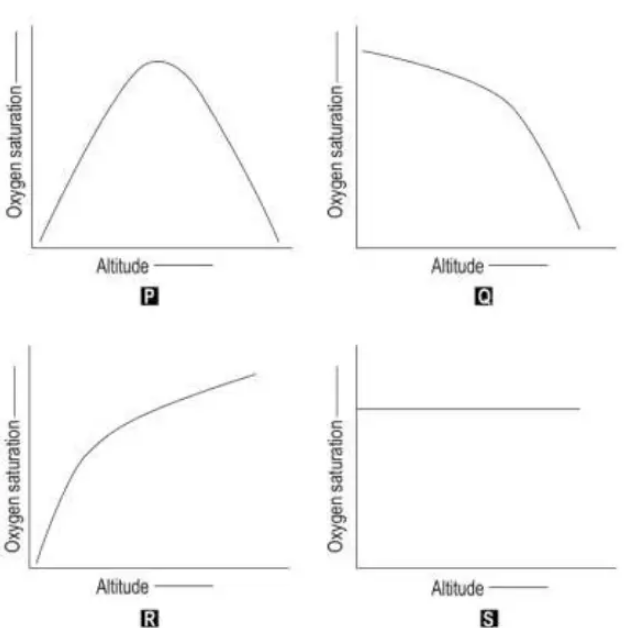 Which of the following graphs correctly represents the oxygen saturation levels as altitude increases?
(a)
P
(b)
Q
(c)
R
(d)
S
Ans. (b)
Q
Which of the following graphs correctly represents the oxygen saturation levels as altitude increases?
(a)
P
(b)
Q
(c)
R
(d)
S
Ans. (b)
Q
Q.11 Patient X was suffering from a pancreatic condition due to which the pancreas was not functioning adequately. Which of the following is a doctor likely to suggest to such an individual?
(a) including a large amount of protein in the diet (b) eating a diet with low-fat content (c) eating only carbohydrates (d) including only liquid foods Ans. (b) eating a diet with low-fat content Q.12 When an object was kept at position X in front of a concave mirror, an enlarged and virtual image was formed. Which among the following identifies ‘X’ correctly? (a) anywhere between the centre of curvature and principal focus (b) anywhere between the pole and principal focus (c) exactly at the centre of curvature (d) exactly at the principal focus Ans. (b) anywhere between the pole and principal focusQ.13 The face of the moon that is visible to us is called as the near side and the face of the moon which is invisible to us is called as far side. What colour would the sky appear to an astronaut standing on the “far side” of the Moon and why?
(a) blue, as the Moon’s atmosphere scatters sunlight just like Earth (b) white, as the Moon’s surface reflect all the light that falls on it (c) black, as there is no atmosphere on Moon to scatter sunlight (d) black, as sunlight does not fall on the far side of the Moon Ans. (c) black, as there is no atmosphere on Moon to scatter sunlight.Q.14 Plants receive energy from the Sun which they utilise for several processes. The energy utilized for which of the following plant processes gets transferred to the next trophic level that consumes plants?
(a) only growth (b) only respiration (c) only transport of substances and reproduction (d) all – growth, photosynthesis, respiration and transport of substances Ans. (a) only growthQ.15 A single displacement reaction is represented below.
PQ + R —-> PR + Q
Which of the following is true about the reactants and products?
 (a)
A
(b)
B
(c)
C
(d)
D
Ans. (c)
C
(a)
A
(b)
B
(c)
C
(d)
D
Ans. (c)
C
Section B
Q21. (a) Write the balanced chemical equation for the reaction that is prevented by storing potassium metal under kerosene.
(b) Identify the type of chemical reaction that is prevented. Ans. (a) 4 K + O2 —> 2 K2O [1 mark] (b) combination reaction OR oxidation reaction OR redox reactionQ22. Ravi cultivated mustard, a plant with bisexual flowers, on his farm. His plants were diseased due to a gene defect and therefore had reduced yield. Ravi removed the stamens from the diseased plants and also planted fresh disease-free mustard plants where he removed the pistils. How will Ravi’s strategy help in improving the yield of mustard?
Ans. Ravi made the bisexual flower unisexual thereby encouraging crosspollination instead of self-pollination.
Cross-pollination will increase variation and thereby the chances of having more disease-free offspring.Q23. A plant X was enclosed in a glass jar with some lizards. A similar plant Y was enclosed in another glass jar but without lizards. Both the jars are kept under the same light conditions for a few hours. Which plant is likely to photosynthesize more and why?
OR Proteinuria is a condition in which significant amounts of protein can be detected in urine. Which process in the nephron is likely to be affected causing proteinuria? Justify.Ans. Plant X
Due to respiration of the lizard, the amount of carbon dioxide will increase leading to a higher amount of photosynthesis. OR Filtration or selective reabsorption by the nephron may not be functioning properly. Improper filtration will lead to proteins getting filtered even though they are not waste.Q24. Search mirrors are mirrors that are used to look for hidden objects underneath the cars as shown. The hidden objects can be easily spotted as the mirror provides a wider field of view.
(a) What type of mirrors are generally used to make search mirrors? (b) With the help of a ray diagram describe the nature of image formed by the type of mirror identified in (a).Section C
Q27. Equal sized bars of aluminium and iron are exposed to the environment as shown below:
Which of them is likely to corrode till the level marked by the line FIRST? Justify your answer. Ans. The iron bar will corrode till the level marked by the line first. Iron gets oxidised on exposure to air and moisture. The layer of rust formed on the surface allows air and moisture to pass through and reach the metal, causing corrosion to continue. Aluminium gets oxidised on exposure to air. The layer of oxide formed on the surface forms a protective coating that prevents air from reaching the metal and thus prevents further corrosion.Q28. The electronic configuration of some elements is given in the table below.
(a) Identify any two pairs of elements that will react to form compounds by a transfer of electrons. (b) Write the molecular formula of the compounds formed by the pairs of elements identified in (a). OR A metal X is obtained from its chloride salt by exposure to sunlight. (a) In which section of the reactivity series of metals- top, middle or bottom, is it likely to be placed? Justify your answer. (b) Identify the type of reaction the chloride salt of metal X undergoes on exposure to sunlight.Ans.
(a) Two correct pairs of elements identified such as: Q and R Q and U T and R T and U (b) the formula for two compounds such as: Q2R QU TR TU2 OR (a) Metals at the bottom of the reactivity series are the least reactive. They occur in their free state; their compounds are unstable and hence easily converted to metal. (b) photolytic decomposition.Section D
Q34. A carbon compound P has six carbon atoms and twelve hydrogen atoms.
(a) Is P a saturated or unsaturated carbon compound? Justify your answer by drawing the structural formula. (b) Describe a test that can be used to determine if compound P is saturated or unsaturated. (c) Name the products that are formed on burning compound P in an excess of air. OR A carbon compound P is found to be neutral when tested with red and blue litmus. A gas, that burns with a ‘pop’ sound, is produced when a metal reacts with carbon compound P. (a) Write the chemical equation for the reaction. (b) The carbon compound P is heated with concentrated sulphuric acid to produce carbon compound Q. (i) Write the chemical equation for the reaction. (ii) Describe the type of flame that Q produces on combustion. (c) What is likely to be observed on heating compound P with ethanoic acid with an acid as catalyst?Ans.
(a) Compound P may be either saturated or unsaturated. Saturated compound: cyclohexane (b) burning the compound in an excess of air will produce a sooty flame if it is unsaturated and a clean flame if it is saturated. (c) carbon dioxide and water OR (a) 2 Na + 2 CH3 – CH2OH —> 2 CH3 – CH2O-Na+ + H2(b)
(i) CH3 – CH2OH —> CH2 = CH2 + H2O [1 mark] (ii) Compound Q (ethylene) burns with a yellow flame with black smoke. [1 mark] (c) A compound with a fruity smell will be produced.Q35. (a) Certain specialised cells in animals called stem cells have the ability to divide and differentiate into different cell types. This helps in the replacement of a damaged organ.
Name and explain two methods of asexual reproduction that are similar to stem cells and occur mostly in multicellular organisms. (b) Identify TWO pairs of reproductive organs in males and females that are functionally similar to each other. Justify. OR (a) Sagar saw a beautiful rose and smelled it. As he was smelling it, he happened to touch a thorn and pull his hand away. State TWO differences and similarities each in the way the nervous system performs the two actions. (b) Are all involuntary actions reflex actions? Justify.Ans.
Regeneration In this process, if an individual organism is cut or broken up into many pieces, many of these pieces grow into separate individuals. Budding In budding, a small outgrowth or bud forms on the parent organism, which eventually detaches and develops into a new individual.(b) testes and ovaries
Both structures perform the function of producing gametes and hormones crucial for reproduction vas deferens and fallopian tube Both structures are responsible for carrying the gamete to the site of fertilisation. OR(a) Similarities:
In both cases, the signal is initiated by receptors located at the specific sense organ. In both cases, neurotransmitters are released and accepted by neurons to carry the impulse. Differences: The action of smelling the rose is voluntary whereas pulling the hand away is involuntary in nature. While smelling the rose, the nerve impulse reaches the brain and back whereas on touching a thorn the nerve impulse travels only to the spinal cord and back.(b)
– No – Involuntary actions occur with or without a stimulus whereas reflex actions always need a stimulus.Section E
Q37. Given below is a four carbon skeleton of a hydrocarbon compound.
(a) Fill in the hydrogen atoms/bonds to form: (i) a saturated hydrocarbon (ii) an unsaturated hydrocarbon (b) If the four-carbon skeleton is of a straight chained alkene, draw the structures of all the possible compounds. OR If the four-carbon skeleton is of a straight chained alkyne: (i) How many carbon atoms may NOT be bonded to any hydrogen atoms? (ii) How many hydrogen atoms will there be in the compound?Ans.
Q38. Ram and Asha were a married couple. They had four children – one of these children had sickle cell anaemia whereas the other four children did not show symptoms. Ram and Asha did not show symptoms of sickle cell anaemia. The trait for sickle cell anaemia is not linked to the sex chromosomes.
(a) Is this disease caused by a dominant or recessive trait? Why? (b) If the child that had sickle cell anaemia got married to a person without a mutation in the sickle cell anaemia gene, what percentage of their children would have sickle cell anaemia? Show the cross. OR Identify the genetic composition of the sickle cell anaemia trait in Asha and Ram and use that to predict the genetic composition in the other four children. who did not show symptoms that Ram and Asha had.Ans.
(a)
– It is recessive. – If it was dominant, it would have appeared in more than 1 child.(b)
None of the children would have sickle cell anaemia/0% children would have sickle cell anaemia. OR Ram’s genetic composition: Ss Asha’s genetic composition: Ss Four possible genetic compositions in children: SS, Ss, Ss, ss. So, the composition of the other three children would either be Ss or ss.Q39. Four resistors, a voltmeter and a battery are connected in a circuit as shown below.
(a) What is the net resistance in the circuit? (b) How much potential difference will the voltmeter connected across the resistor R4 measure? OR What is the power dissipated by the resistor R1? (c) If R3 is removed, will the net current in the circuit increase or decrease or remain the same? Justify your answerAns.
(a) The net resistance is: R1 + (1/R2 + 1/R3) + R4 = 15 + 10 + 15 R = 40 Ω (b) Voltage drop across R4 = Net current x R4 Net current = V/R = 20/40 = 0.2 A Voltage drop across R4 = 0.2 x 15 = 3 V OR Power dissipated by the resistor R1 is given by: P = I2R1 I = V/R = 20/40 I = 0.2 A Therefore, Power = (0.2)2 x 15 = 0.6 W(c)
– net current will decrease – because R3 is connected in parallel and removing it will increase the net resistance in the circuit thereby reducing the net current.



